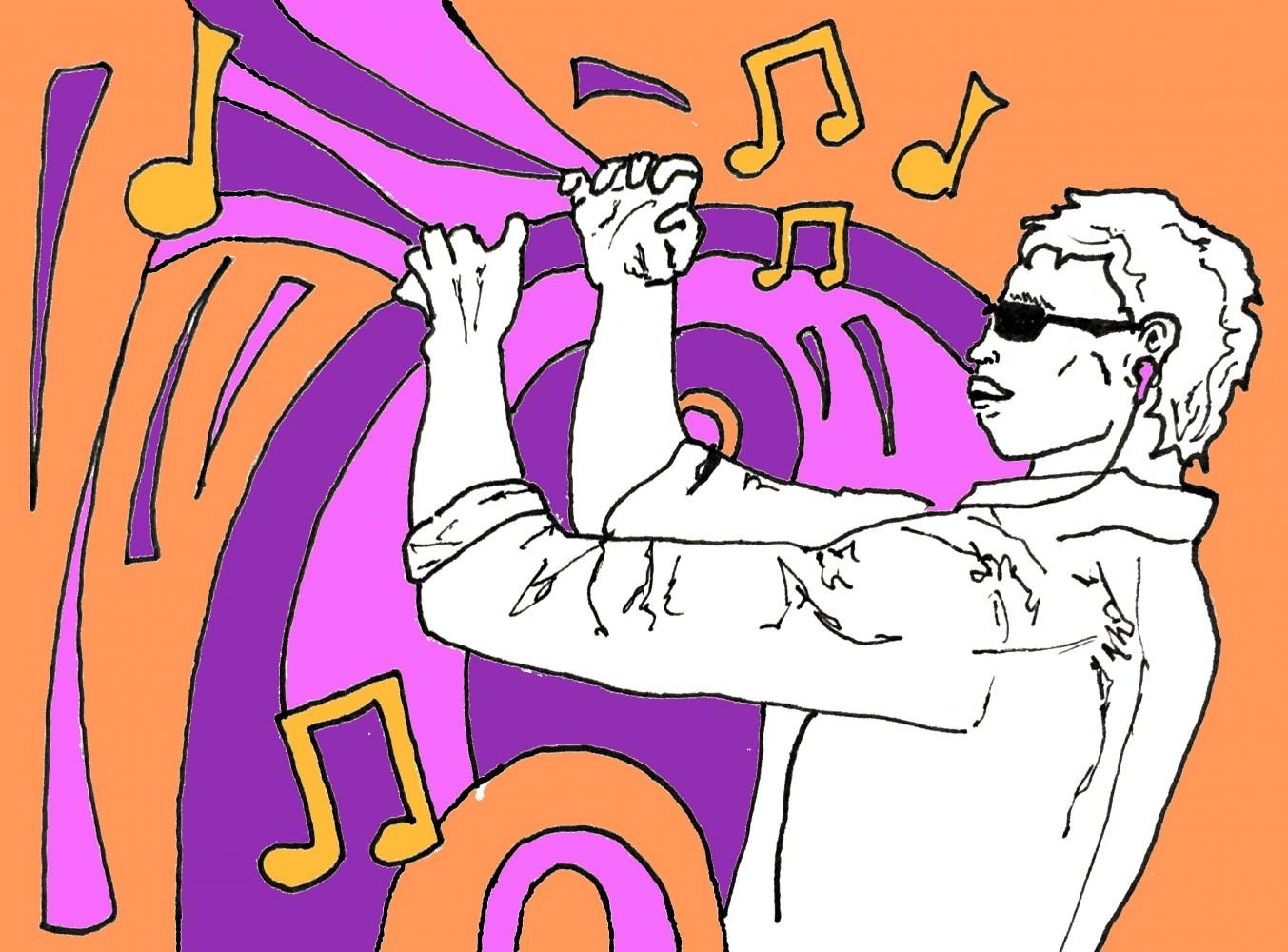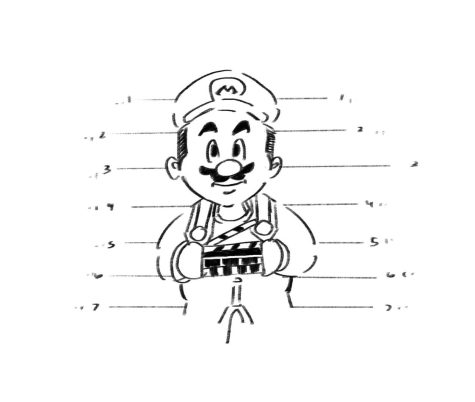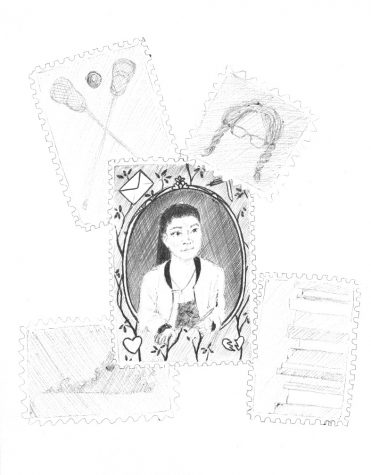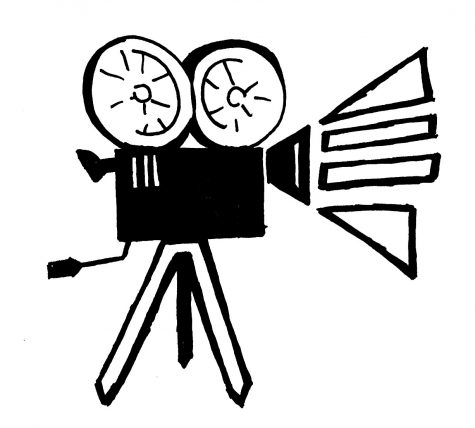“Baby Driver” Soundtrack Drives Film
September 11, 2017
“Baby Driver” is an action-driven film with no time for character development: a technically perfect example of its genre. It is also a masterful blend of music and movement—the synchronicity of the two, giving that much more life to this grim noir world. So how does Edgar Wright, director of a number of box office hits including “Shaun of the Dead” and “Hot Fuzz,” remedy the loss of characterization? Simple answer: he doesn’t. Instead, he makes the soundtrack the character and vehicle of the film.
The film starts with a simple premise: Baby (Ansel Elgort) is a getaway driver for an Atlanta crime boss (Kevin Spacey), to whom he owes a debt. This could be the premise for any number of film-noirs or crime thrillers, but per Edgar Wright’s obsession with subversion, it doesn’t take long for audience expectations to be shattered. Baby suffers from tinnitus—a constant ringing in his ears caused by a childhood accident—that he blocks out via a constant onslaught of music. This provides the film with its superb soundtrack. The soundtrack includes a whole array of songs: “Bellbottoms” by The Jon Spencer Blues Explosion, “B-A-B-Y” by Carla Thomas, “Brighton Rock” by Queen, “Egyptian Reggae” by The Modern Lovers and many more.

“Baby Driver” is entirely dependent on this soundtrack; when the characters lose audience interest, the music takes over. In one scene, the rim shots of “Tequila” (by The Champs) are replaced with perfectly timed gunshots. In another, Baby plays an imaginary trumpet to the melody of “Harlem Shuffle” (by Bob & Earl). In fact, the film rarely lets up as the audience experiences the world through Baby’s perception, the music existing both as a constant reminder of his tragic childhood and as the vehicle for the plot. It’s hard to discern whether the soundtrack or the scenes were written first, as the two play off of each other, making for a rousing performance and something altogether new. It also grabs audience attention in the less interesting portions such as the mundane character development scenes. These play out more as a necessary check on a long list of cliches than anything particularly new.
While music might play the largest role in “Baby Driver,” it is also a film entirely devoted to its genre. From the classic character lineup introduction complete with flippant one-liners to the over-saturated palette, this is a film that bleeds from the wealth of crime and action tropes. It’s tastefully done, and Wright seems to revel in morally gray area afforded by the genre.
These morally gray areas also play into the the subversive, and altogether thrilling, storyline—action does not drive this plot, but it does play a key role. The modern audience may be used to the Hollywood desire for plot over story, but Wright manages to find an equilibrium. When Edgar Wright does include an action set piece, it exhibits the same thrill encompassed by the music.
Despite its many good qualities, this is not a film without flaw. “Baby Driver” may be technically perfect, but its character development covers only the bare minimum. It’s bland, and many of the characters simply fill the roles required by the genre. While this may not detract from the standard audience’s taste, if you come looking for an in-depth character study, this is not it.
From the music to the very genre, this film is a love letter to the B-movies that funded Hollywood’s expansion into new territories. It is film-noir, crime, thriller, and action packaged into one marvelous surprise. Hollywood may not learn from the lessons presented by this movie, but this film will live on as one of film’s technical masterpieces.









Christine VanWinkle-Shaw • Sep 14, 2017 at 2:57 pm
This article is fantastic. More like it, please!